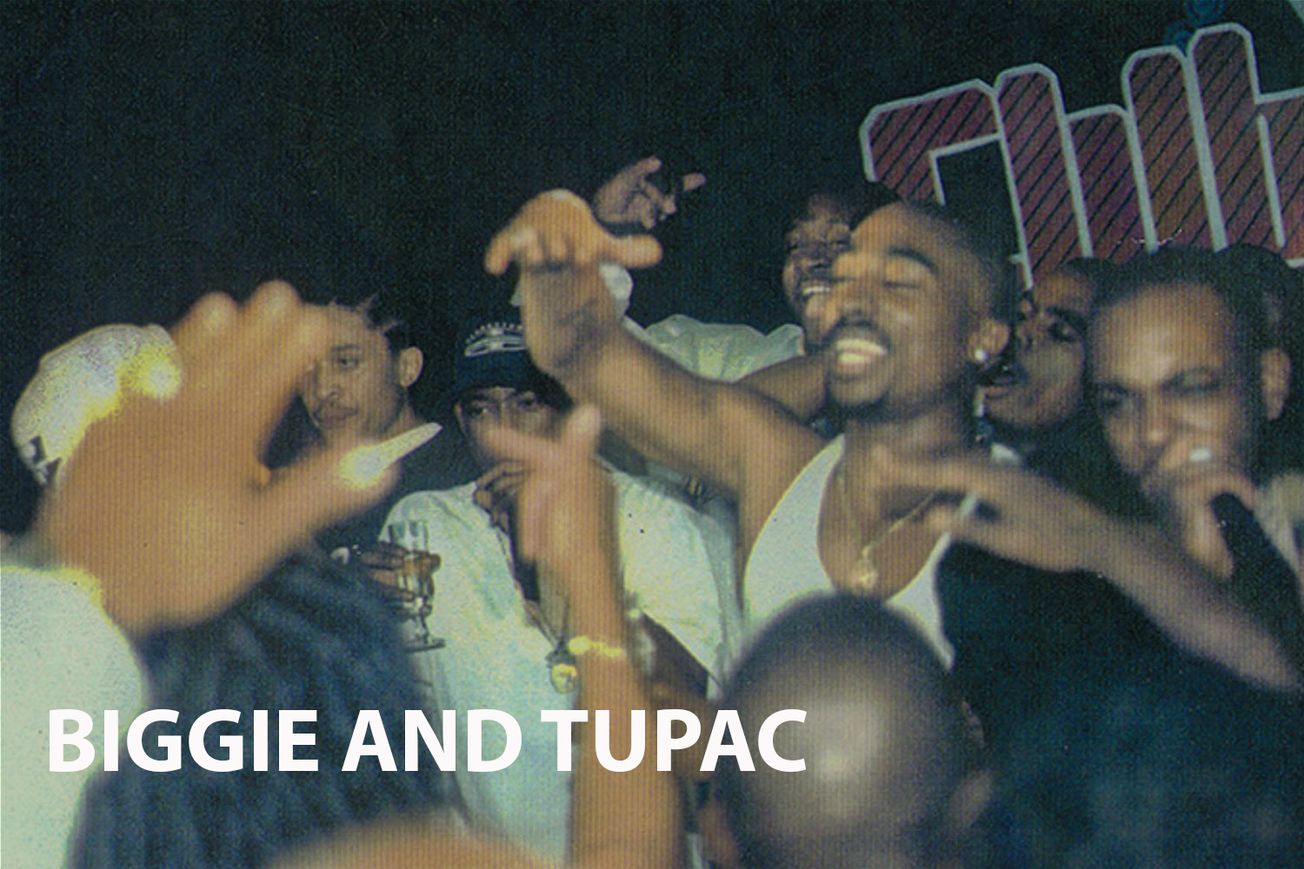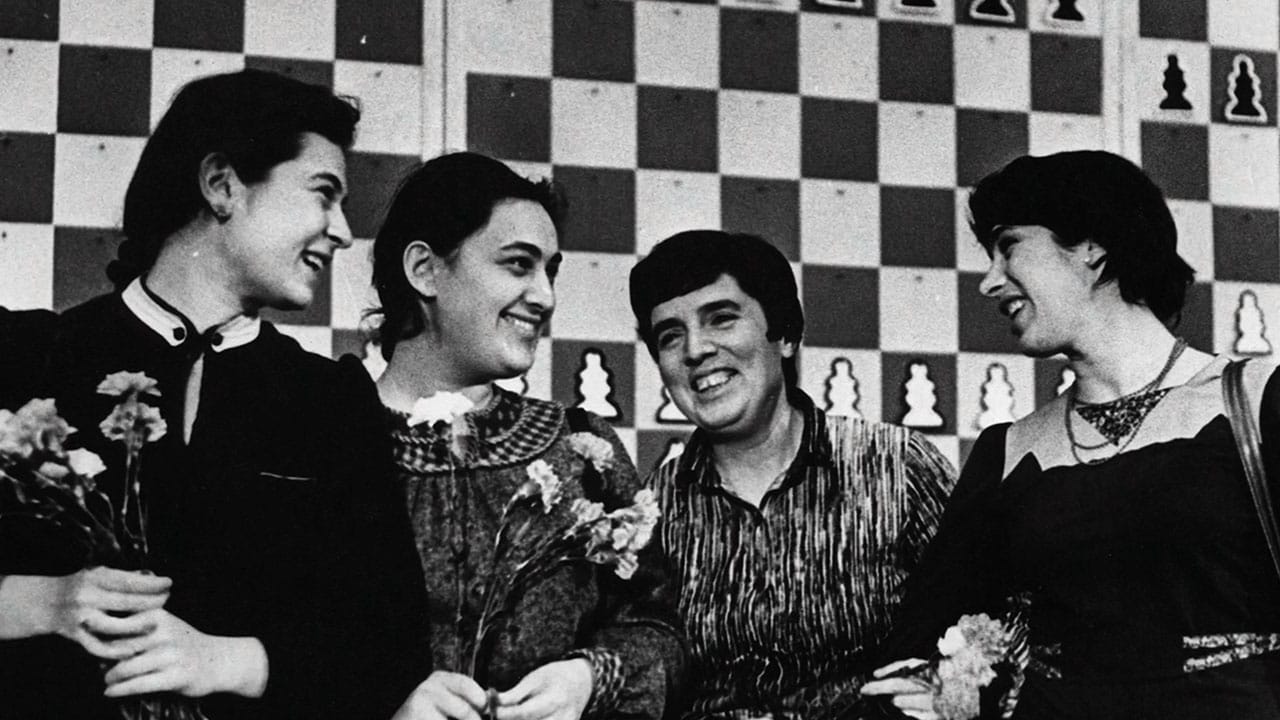Keywords: Hip-hop, Biggie Smalls, Tupac Shakur, East Coast/West Coast rivalry, Nick Broomfield, 1990s, murder investigation, music industry
Introduction
"Biggie and Tupac" is a gripping 2002 documentary by acclaimed director Nick Broomfield. It delves into the tragic deaths of Tupac Shakur and Biggie Smalls, two of the most influential figures in hip-hop history. Their intense East Coast/West Coast rivalry, which culminated in the late '90s, altered the course of the music industry forever. As racial tensions and violence continue to be pressing issues today, this film's subject matter remains relevant.
Synopsis
The film explores the life, music, and untimely deaths of these two iconic rappers. Through interviews with close associates, Broomfield uncovers the complex dynamics of the East Coast/West Coast rivalry, the hip-hop industry, and the controversies surrounding the investigations into their murders.
More Film Analysis
Analysis
The documentary takes an investigative approach, digging deep into the mystery and theories surrounding the deaths of Biggie and Tupac. Broomfield's extensive research, coupled with his probing interview style, uncovers fresh perspectives on this infamous feud.
Historical and Factual Context
The East Coast/West Coast hip-hop rivalry originated in the 1990s, fueled by the media, record companies, and the artists themselves. It highlighted the stark differences in style, culture, and approach between the two coasts.
Key themes in the film
- The destructive power of rivalry and division
- The influence of socioeconomic conditions on music and culture
- The impact of fame and success on personal relationships
- The need for justice and transparency in law enforcement
Film Comparisons
Unlike other documentaries on the subject, "Biggie and Tupac" focuses not just on the rappers' music and cultural influence, but also on the murky circumstances of their deaths.
Noteworthy Moments
One significant revelation in the documentary is the alleged involvement of law enforcement officers in the murder of Biggie Smalls, adding a layer of complexity to an already convoluted narrative.
Reviews
The documentary received positive reviews for its thorough research and compelling storytelling. Critics praised Broomfield's tenacity in uncovering new facets of this well-known story.
Conclusion
"Biggie and Tupac" offers a captivating exploration into a pivotal moment in hip-hop history. This documentary is a must-watch for music enthusiasts, history buffs, and anyone interested in true crime stories.
More film information:
FILM SUMMARY
- IMDB score: 6.9/10
- Rotten Tomatoes: 67%
PERSONALITIES
- Biggie Smalls: East Coast rapper, known for his smooth flow and storytelling abilities
- Tupac Shakur: West Coast rapper, celebrated for his social commentary and raw, emotional style
LOCATIONS
- East Coast, particularly New York: Biggie's home and the birthplace of his music career
- West Coast, specifically Los Angeles: Tupac's base and the hub of his musical influence
Key Questions Raised by the Film
- What was the true nature of the relationship between Biggie and Tupac?
- How did the East Coast/West Coast rivalry influence their careers and personal lives?
- Did law enforcement play a role in their deaths? If so, to what extent?
Links for Further Exploration
Explore the East Coast/West Coast hip-hop rivalry in this Wikipedia article or delve deeper into the lives of Tupac Shakur and Biggie Smalls.
I wonder what the film would be in another art form



- A famous book, it would be "War and Peace" - for its exploration of conflict, rivalry and tragic outcomes.
- A famous song, it would be "Changes" by Tupac - reflecting the constant shifts in the rap landscape.
- A famous piece of art, it would be Picasso's "Guernica" - for its depiction of violence and chaos.
- A famous celebrity, it would be Muhammad Ali - for his significance in his field and the controversies surrounding his life.
- A colour, it would be grey - symbolizing the murky, unclear circumstances surrounding the rappers' deaths.
- A music style, it would be rap - for its raw, confrontational and expressive nature.








